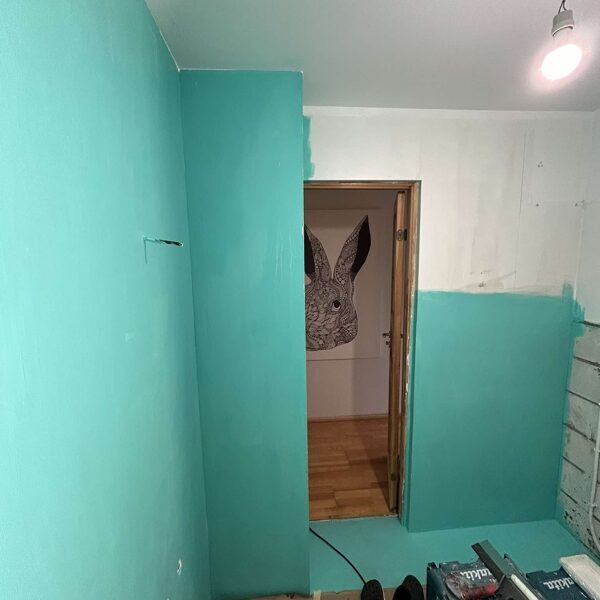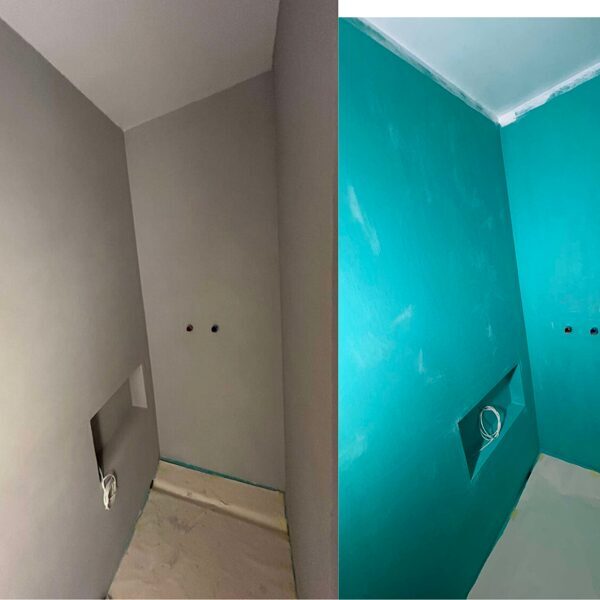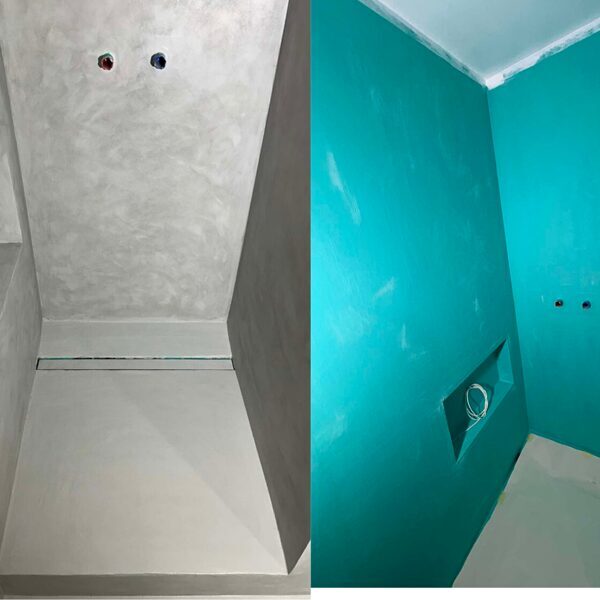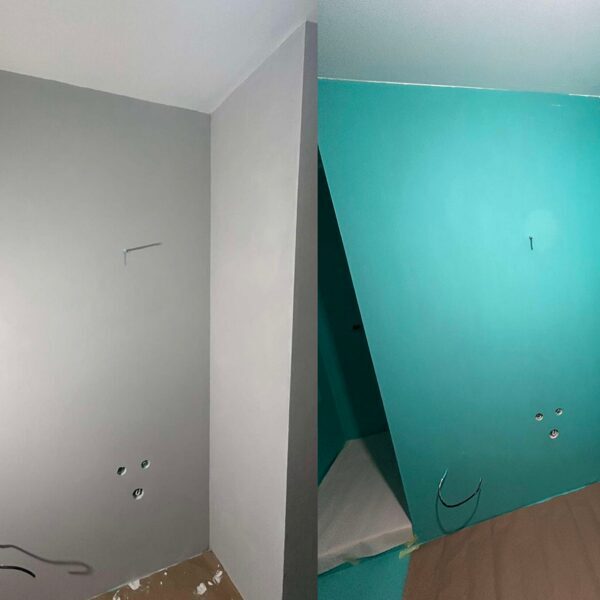Microcement - decorative solutions.
Microcement decorative solutions are endless. Microcement allows us to cover any surface, no matter how large it may be, achieving a continuous result. In this way, we avoid dirt, facilitating cleaning and disinfection, helping to get places free of bacteria. Surfaces can be ejected in one piece indefinitely. Which makes it easier for us to do a lot of work on this elegant microcement coating.
Microcement-coated walls without seams, the rooms will look much more spacious with furnishings and finishes. Which will adapt to the most diverse decorative styles and attract the interest of any person. Also, continuous microcement floors are not only very attractive, but also long-lived, which will appeal to everyone, because it is much easier to take care of them. There will be no need to think after years about its restoration.
Microcement suitable for the bathroom, as it is additionally able to resist moisture, which is concentrated in the bathroom. It should be mentioned that this is a non-slip coating that will help you avoid unnecessary accidents. The great property of microcements is that it is possible to cover over your old tiles in the bathroom.
Easy maintenance
Microcement is an easy-to-care material that requires minimal cleaning. Simple sweeping or wiping with a damp cloth or with neutral soap. That's all you need to keep its appearance clean and fresh.
Reflects natural light
Micro-cement has a reflective surface that improves the natural light in your bathroom, making it brighter and the room more spacious. It should be borne in mind that there are several types of varnishes, matte, medium matte and glossy.
Quick installation
Micro-cement can be installed quickly and efficiently, reducing the overall time and cost of a bathroom renovation project. As it should be when building a bathroom from tiles.






























































































